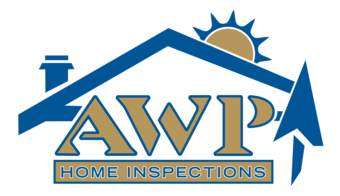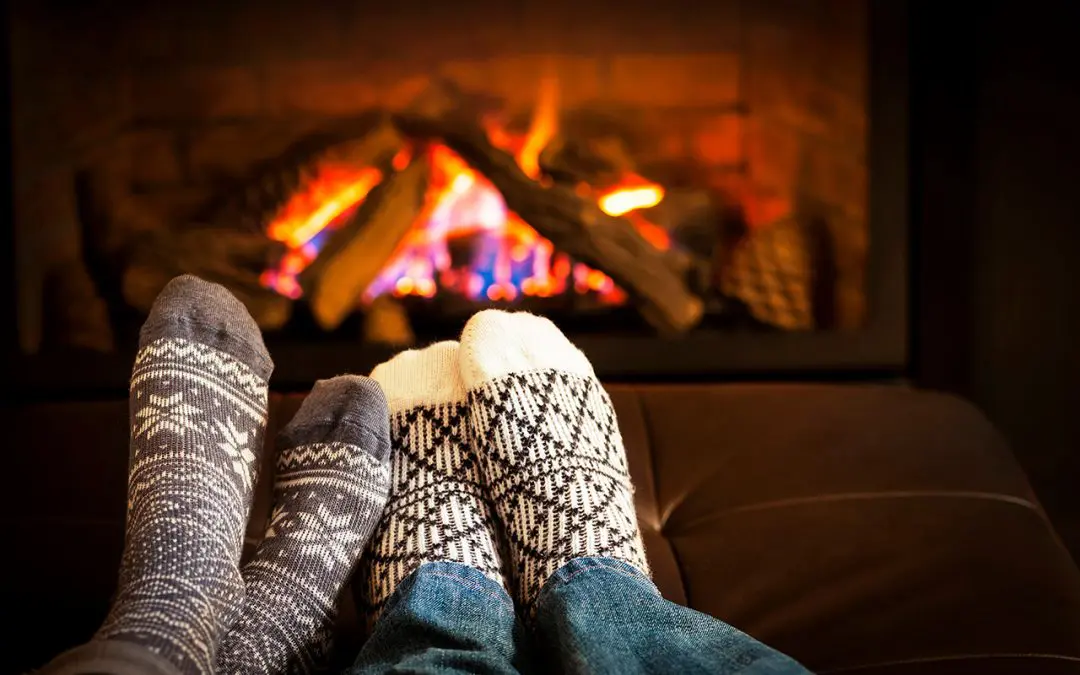While most of us love a warm and cozy fire during the colder months, it’s important to prepare your fireplace for use to keep your family safe. A fireplace that isn’t properly maintained or cleaned can cause issues like smoke in your home or a chimney fire. Take these steps to make sure that your fireplace is prepared and in good condition before you build your first fire.
1. Sweep The Chimney To Prepare Your Fireplace For Use
Your chimney is an important part of a functional fireplace. Smoke is dangerous for your family and pets and the chimney is responsible for venting smoke out of your home. Since the chimney is open on top, debris and animal nests might get in and cause blockages. If blockages aren’t cleaned out before you use your fireplace, the smoke will have no way to escape and end up in your home.
Creosote buildup inside the chimney could also cause a chimney fire. To prepare your fireplace for use this winter, hire a professional chimney sweep to clean your chimney of residue, debris, and blockages.
2. Remove Previous Fire Remnants
You don’t need to use your fireplace during the spring and summer months, so your firebox likely doesn’t get the proper cleaning that it needs after your last fire of winter. Before you light the first fire this season, be sure to give your fireplace a good cleaning to prepare your fireplace for use.
Remove any charred log pieces that are still lying around. Sweep out any ashes and soot. This will allow your new fire to burn and breathe freely without the interference of old wood. Once it is clean, you will better be able to evaluate its condition.
3. Check For Damages
Although your fireplace is constructed from sturdy brick, it is still prone to damages from regular use. The most common types of issues found within the firebox are cracks in the brick, gaps in the mortar, and loose bricks. Gaps in mortar and cracks in bricks compromise the integrity of your firebox, allowing smoke and heat to escape.
To prepare your fireplace for use, give the firebox a thorough inspection. If there are any noticeable damages to the bricks or mortar, call in a fireplace repair specialist for a consultation before you use your fireplace.
4. Fire Prevention Protocols
No matter how careful you are when you use your fireplace, there is always the potential for a fire emergency to occur. You can reduce the risk of your fireplace causing a house fire by following some simple fire prevention protocols.
Always keep a working fire extinguisher in your home for emergencies. Use a metal fireplace screen and glass doors to prevent sparks and wayward embers from leaping off of your burning logs and onto your floor. Install stone floor tile in front of your fireplace. The stone tile will resist catching fire and won’t melt or react due to the heat of your fireplace.
AWP Home Inspections serves West Central and Central Indiana with home inspection services. Contact us to schedule an appointment.

